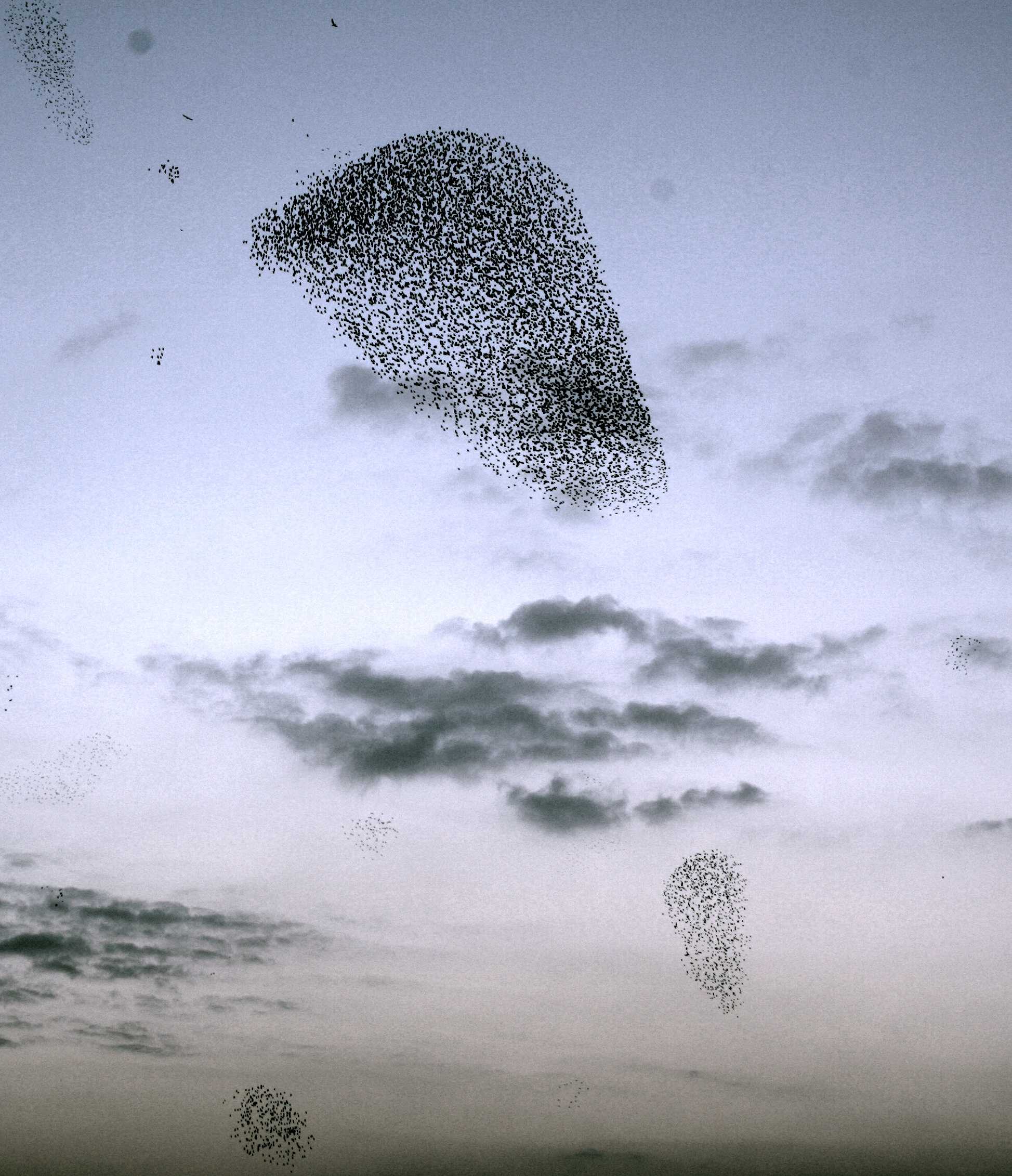
Asja Jelic
Asja Jelic received a PhD in Physics from the Swiss Federal Institute of Technology in Zurich (ETHZ) in 2009 under the supervision of H.C. Oettinger. She then moved for postdoctoral stay in Paris at University Pierre and Marie Curie Paris 6 and University Paris Sud 11. In 2011 she moved to Rome and switched her research interest to collective animal behavior, while working in the lab led by Andrea Cavagna and Irene Giardina. Since 2014 she is at the International Centre for Theoretical Physics (ICTP) in Trieste, Italy. Her current scientific activity is focused on the application of statistical physics to collective animal behavior and to other biological systems.
Emergence of spontaneous collective turns in natural flocks of starlings
One of the most striking features of moving animal groups is their ability to perform sudden coherent changes in the travel direction. While this collective change of state can be a response to an external alarm cue, directional switching can also emerge from the intrinsic fluctuations in individual behaviour. To understand the cause and the mechanism by which such collective changes of direction occur, I will present an experimental and theoretical study of spontaneous rapid collective turns in natural flocks of starlings. Using the individual trajectories of all birds in the flock, we analyse the changes in the individual behaviour and reveal the emergent dynamics of turning. We show that spontaneous turns start from the individuals located at the elongated tips of the flocks, and then propagate across the whole group. We find that birds on the tips deviate from the mean direction much more persistently than other individuals, indicating that persistent localized fluctuations are a trigger for collective directional switching. Moreover, our analysis reveals two crucial ingredients leading to spontaneous collective changes of state: the non-symmetric nature of interaction between individuals and the presence of heterogeneities in the topology of the network.

Credit: COBBS LAB, ISC-CNR, ROME